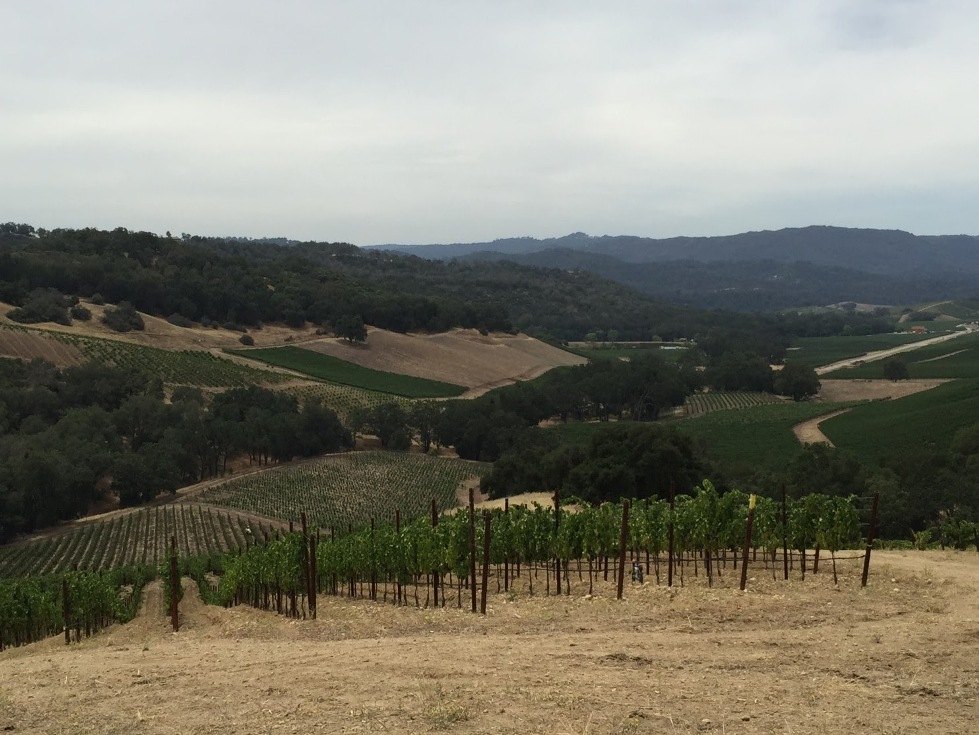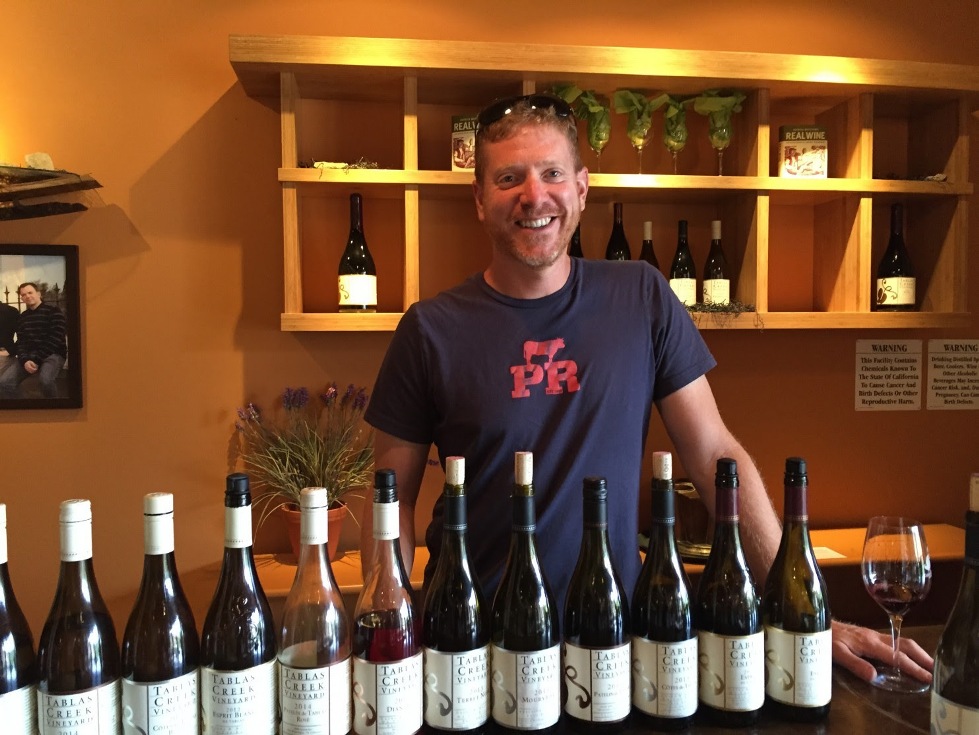The California wine region whose appellation got an upgrade
 Steep hillsides at Halter Ranch’s vineyard are one of the terrain features found in Paso Robles.
Steep hillsides at Halter Ranch’s vineyard are one of the terrain features found in Paso Robles.
It was Thursday evening in Paso Robles, in California’s Central Coast area, and much of the city’s population gathered on the square to picnic, socialize and dance to the music of a honky-tonk band, part of a free summer concert series. I watched for a few minutes before joining my party across the street at Artisan, a modern restaurant featuring local ingredients and local wines. After dinner, we drifted over to the Villa Creek restaurant and bar on the next corner for more music, with winemakers in the band and the audience.
This combination of small-town Americana and modern trends defines the Paso Robles wine region, which is relatively young even by West Coast standards. In the 1970s there were a handful of wineries. Today there are more than 250, with much of that growth occurring in the past 15 years.
“This was really a dying ranching town 20 years ago,” says Jason Haas, general manager of Tablas Creek Vineyard, a partnership between the Haas family and the Perrins of Chateau de Beaucastel in Chateauneuf-du-Pape that has helped fuel the Paso revolution. The recent growth of lodging, restaurants and of course wineries has given motorists along U.S. 101 reason to linger while traveling between Los Angeles and San Francisco.
During a recent visit, I drove through West Paso, where the foothills of the Santa Lucia Mountains offer stunning views of the steepest vineyard slopes I’ve seen in the United States. Wineries such as Tablas Creek, Halter Ranch and Adelaida set a standard for intensely flavored yet elegant wines. Rhone varieties lead the way there: syrah and Grenache for reds, viognier, roussanne and the trendy Grenache blanc among whites. Yet cabernet shines, too, and the climate and terroir even make Burgundian varieties possible in certain sites.
 Jason Haas of Tablas Creek was one of the advocates for subdividing the wine region. (Dave McIntyre)
Jason Haas of Tablas Creek was one of the advocates for subdividing the wine region. (Dave McIntyre)
“When I think of Paso Robles, I don’t normally think of pinot noir and chardonnay,” says Jeremy Weintraub, a transplanted New Yorker who sports a cowboy hat and is chief winemaker at Adelaida Cellars. Adelaida’s vineyards climb from 1,400 to 2,000 feet, with slopes as steep as 30 percent. “The high altitude and limestone soils give the wines acidity and liveliness,” Weintraub says. His cabernet and syrah are delicious as well.
East of the 101, the terrain moderates to rolling hills, bucolic rather than dramatic. While vineyards there don’t have the altitude advantage of West Paso, temperatures are cooled by ocean winds that blow through the Templeton Gap just south of Paso Robles. It’s where Gary Eberle established his vineyards and winery in the early ’80s and helped forge Paso’s reputation. Eberle was instrumental in establishing the Paso Robles American Viticultural Area, a sprawling appellation stretching 40 miles east-to-west and 30 miles north-to-south.
Late last year, the federal government’s Alcohol and Tobacco Tax and Trade Bureau approved 11 new sub-AVAs within the larger Paso Robles region. The new nomenclature allows winemakers to define their terroir more precisely, contrasting the mountainous Adelaida District with the more southerly but windy Templeton Gap District, for example. The petition to create the 11 sub-AVAs took seven years to wend its way through the federal bureaucracy.
Dividing Paso Robles into sub-districts “is the beginning of an education effort about Paso Robles, which itself is an enormous AVA,” Haas says, citing the recent growth in the Paso wine industry. “The region’s in a good place right now to have these discussions.”
Eberle, who championed the original Paso Robles AVA in the early ’80s, opposed the new designations.
“If there are people who think putting El Pomar (one of the new sub-districts) on the label will help them sell a bottle of wine in Washington, Chicago or New York, they’re absolutely crazy,” Eberle says.
He fought for and won “conjunctive labeling,” meaning any wine designated with a new sub-AVA must still say “Paso Robles” on the label.
While the larger region may be defining its identity among the steep hillsides of West Paso or the sprawling slopes east of the 101, some cutting-edge winemaking is occurring in a small industrial park south of town called Tin City. There, I sampled the powerful, cult-status wines of Guillaume Fabre at Clos Selène before heading around the corner to Field Recordings, where winemaker Andrew Jones markets a Central Coast rosé and a Paso red blend in 500-milliliter cans.
“I want to take artisan, craft winemaking and make an everyday product,” Jones told me, an attitude as refreshing as his wines and reflective of a Western frontier spirit — the spirit of Paso Robles.









